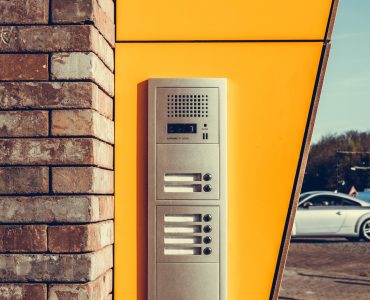Home Automation Network Protocols Every DIY Enthusiast Should Know!
Summary
– The networks of a home automation installation
– Home automation installation: what to do with the X10?
– Home automation: basics and uses of the installation
– Home automation installation: network matters
The home automation installation is at the service of your home automation system to link all your pieces of equipment (home automation devices), control screens, various automatisms and home automation control unit.
Networks communicate in a bidirectional exchange of information called communicating house.
Very accessible in terms of budget, materials, and solutions, home automation installation will still benefit from a specialized company’s help or advice.
Especially if you are planning a construction or a renovation, be aware, in this case, that architects and building artisans are not yet very familiar with home automation technologies.
The networks of a home automation installation
There are three main modes of home automation communication:
– with a well-thought-out home automation wiring;
– by wireless home automation;
– by Powerline communication or carrier current (called X10).
Home automation installation: what to do with the X10?
X10 is home automation for the excellent handyman. They are designed in a “home automation kit” for do-it-yourselfers.
These materials have become very popular. Currently used by millions of people to automate everything in the house, X10 does not offer a secure solution but modules to organize according to your needs.
A set of components allows you to manage your security without running any cables—ideal for the tenant.
Good to know: if you are a tenant, choose modules to be inserted on the sockets. For a homeowner, the latter can select modules to be installed in an electrical cabinet.
Home automation: basics and uses of the installation

The home automation installation has the following functionalities and materials:
– monitoring of temperature, humidity and electricity consumption (home automation of heating and lighting);
– management of electrical appliances;
– music and video distributed in several rooms, called “multi-room” (audio home automation, video home automation);
– alarms and video surveillance (PMR home automation, security home automation);
– management interfaces: voice recognition, telephone, remote control, television and web (home automation screen);
– use of free software, specific home automation programs (primarily when residing in a central office);
– network of electronic sensors (temperature, humidity, luminosity, etc.) like 1-Wire. It is possible to interrogate these sensors via a USB adapter.
– Motorization “opening”.
Home automation installation: network protocols
Below are some points to remember about the various protocols of home automation networks.
Radio waves: Used by multiple protocols such as X10 RF, HomeEasy, X2D, ZigBee, Zwave, Bluetooth, the main frequencies used are 433 and 868 MHz.
1-Wire: Also known as the Dallas bus or OneWire, it is a bus that allows connecting (in series, parallel or star) components with only two wires (one data wire and one ground wire).
USB and Ethernet networks: Many specialists consider them an excellent choice for home automation equipment connectivity, despite the criticism in terms of signal range. A USB network can communicate up to 25 m, essential and sufficient for most home installations.
If you need more length, there are Ethernet devices.
xPL, the ultimate protocol: Home automation management protocol is a complete solution (free, simple and documented) to communicate all the pieces of equipment of the home automation installation.
Read more:
- How to Choose Your Video Surveillance System;
- Video Surveillance: Choosing Between IP or Analog;
- Remote Security Monitoring System: Operation and Parameter Setting of Your Alarm;
- How the Home Flood Detector/Water Leak Detector Works;
- Works;
- 10 Things You Should Know about Smoke Detectors;
- Securing Your Entrance Door With a Lifetime-Protected Key.


